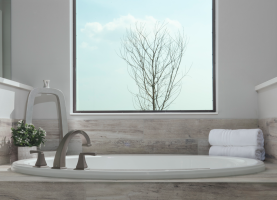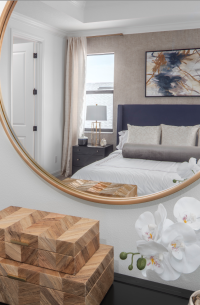Sorry, I didn't want to offend you personally, really. But 8 stops is more than huge! I sometimes have to recover 2-3 stops, if the DR is high, but that's already the limit.
You're not really recovering anything. You're just extending the white point all the way to 16,383 instead of cutting it off at around 4,095 like the camera's JPEG engine that generates the preview image is doing it.
Upvote
0


